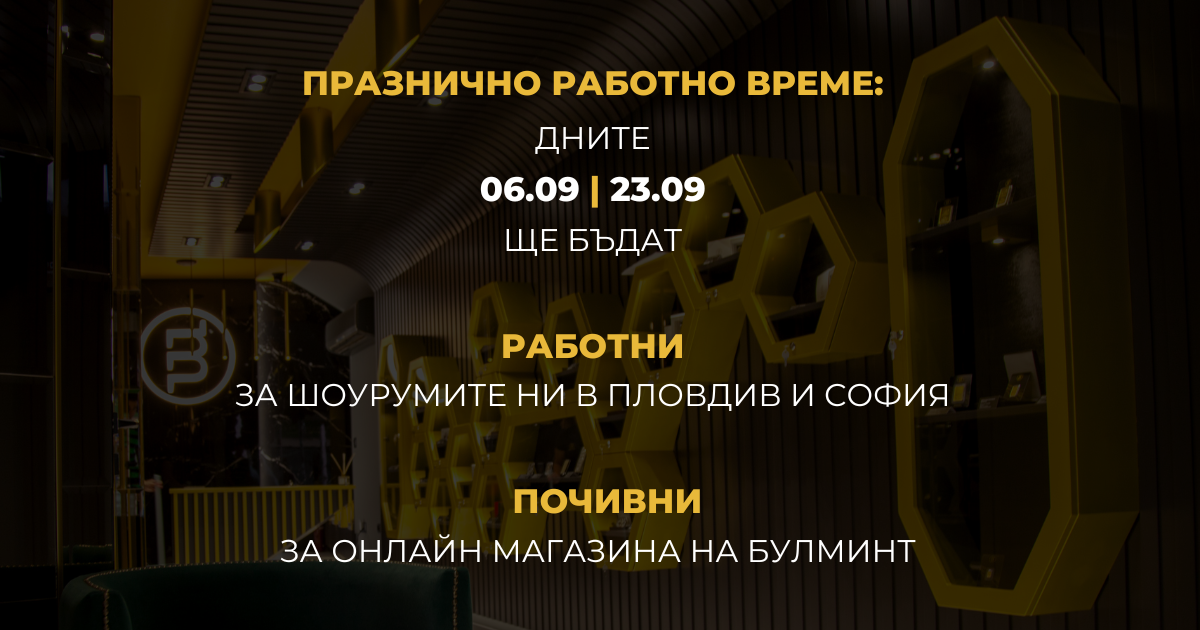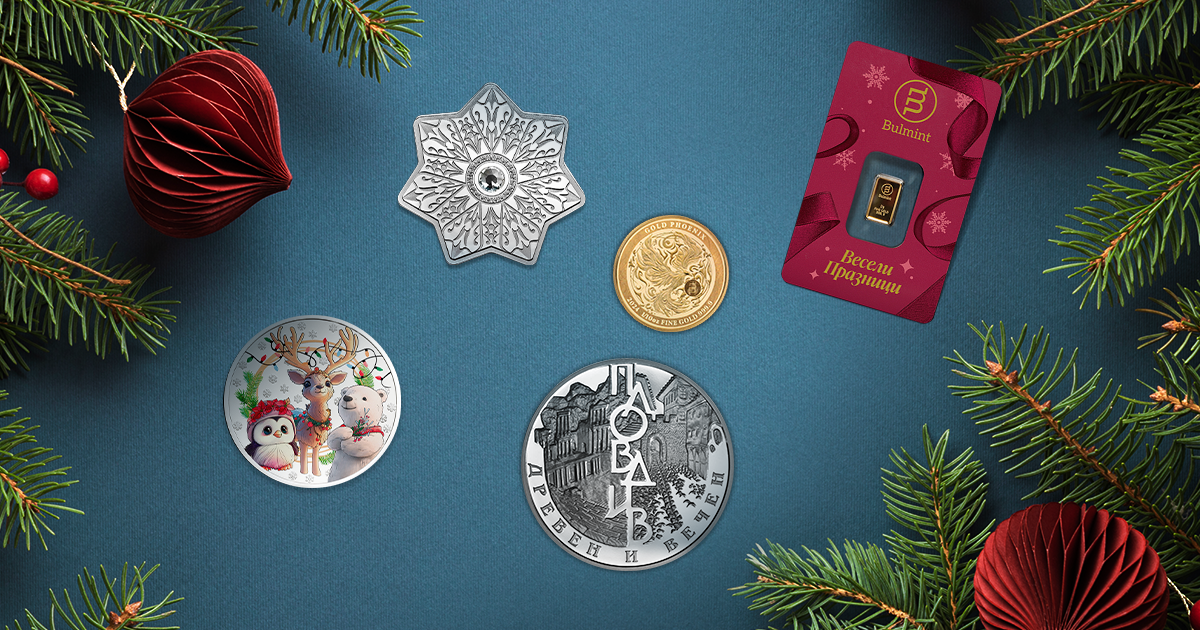
A short history of precious metals and coin minting on the territory of modern Bulgaria
Published on 30 June 2023
The link between art, history, and coin minting is a topic we are continuously fascinated and inspired by.
Bulgaria was officially founded in the year 681 AD, but its history stretches back thousands of years. The ancient civilisations and nameless prehistoric societies that once inhabited these lands have all left their mark on local culture, traditions, and beliefs.
As a Bulgarian private mint, we are the inheritors of an ancient tradition that has never lost its roots even after thousands of years of technological advancement.
6500 years of gold metalworking
Throughout the centuries, precious metals have always played a pivotal role in local societies - the oldest wrought gold treasure ever discovered was unearthed from the Varna Chalcolithic necropolis, located near Bulgaria’s maritime capital. It consists of 3,000 gold objects, most of them with a purity grade of 23.5 carats, weighing a total of 6.5 kilograms. It is estimated to have been crafted in the 4th millennium BCE by the Varna Culture.
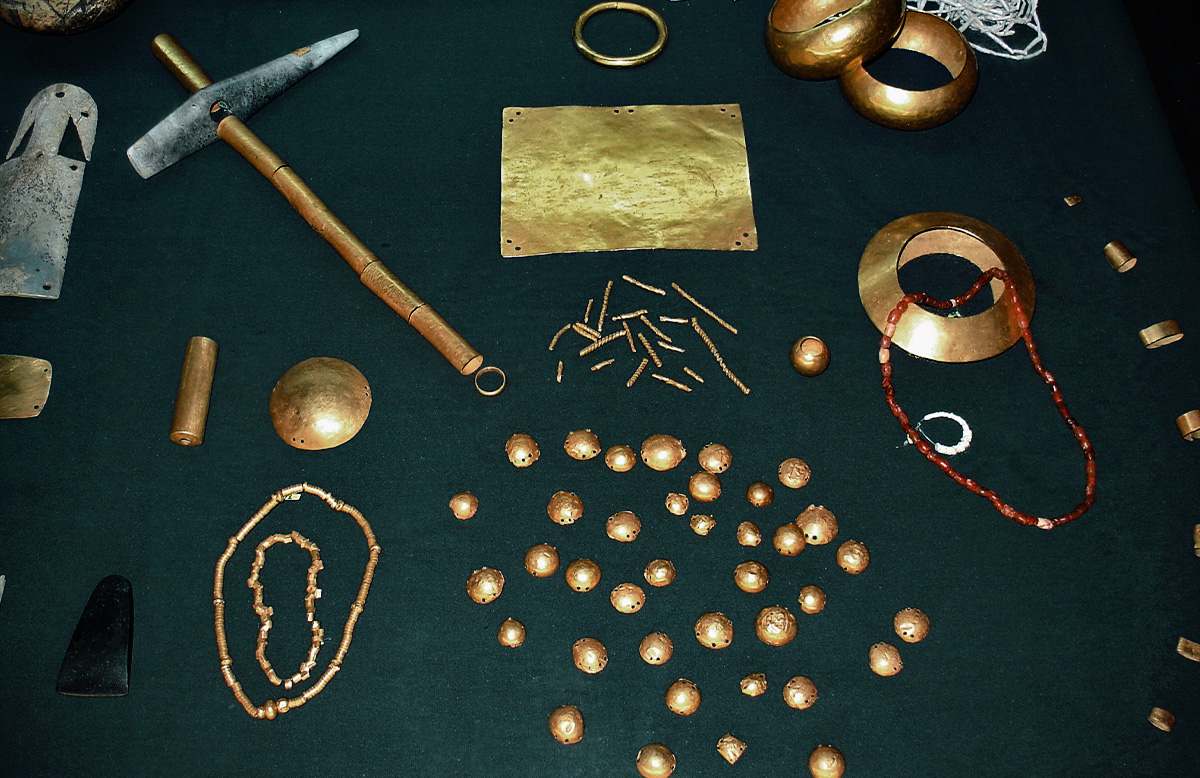
The abundance of gold and silver relics of Thracian origin discovered in modern times indicates the cultural significance of these precious metals to the oldest named population to inhabit these lands, and the intricacy of the items demonstrates the high skill level of the craftsmen that created them.
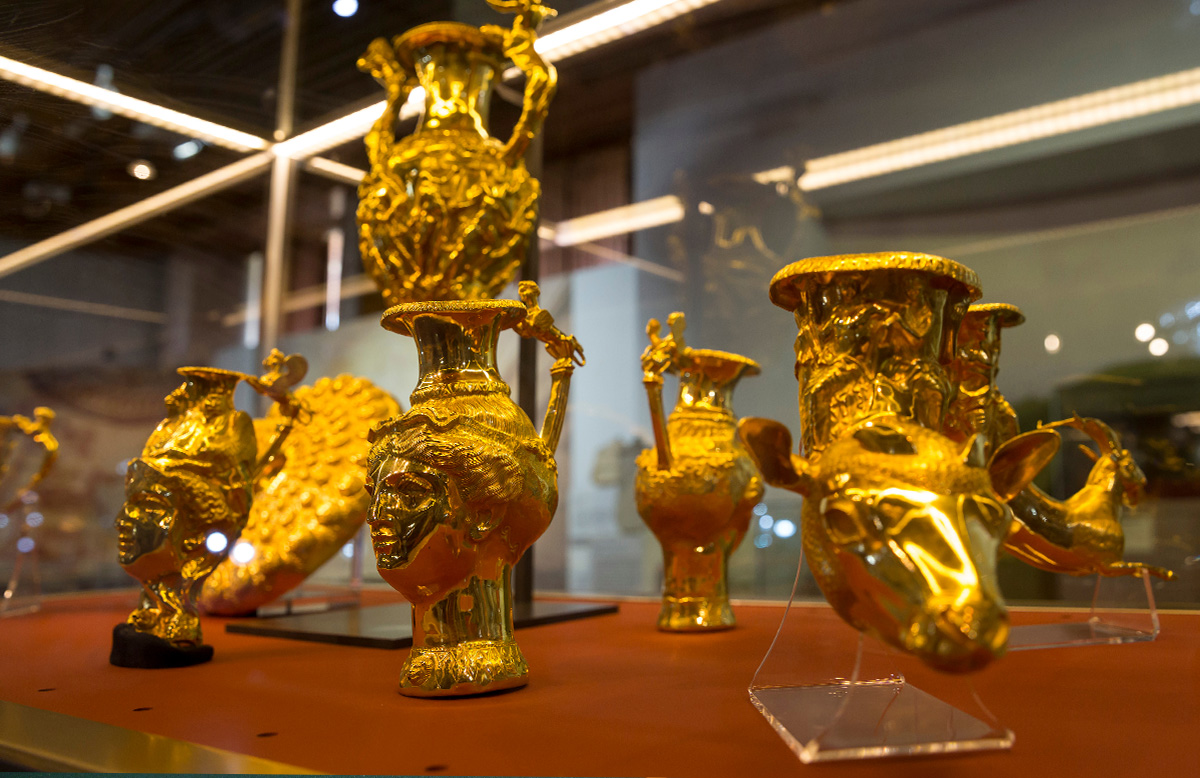
These traditions lived on well past the Thracian civilization. Goldsmithing, locally called “kuyumdjiistvo”, remained one of Bulgaria’s most prestigious crafts throughout its history - goldsmiths were once held in as high regard as clergymen and teachers, the very people tasked with guiding the community. This is partially owed to the symbolic meaning of gold. Associated with fire and the sun, as well as life and immortality, this precious metal is a staple of numerous local customs - Bulgarians usher brides into their new families clad in intricate ornaments of pure gold, they welcome newborns into the world of the living and send off the dead into the afterlife with gifts of gold and silver, and many ritual objects are likewise decorated in precious metal foil.
Oldest coins minted on the territory of modern Bulgaria
Coinage is directly related to and dependent on a peoples’ knowledge and usage of metals.
The unnamed prehistoric tribes that once inhabited the territory of modern Bulgaria entered the Bronze Age before the arrival of the Thracians. Once the Thracians established their culture in the region, they inherited the metalworking traditions of their predecessors. Their proximity to the Ancient Greek polises resulted in cultural exchange and the adoption of a number of Hellenistic practices, including ones related to metalwork, smithing, and coinage.
Among the relics inherited from the ancient Thracians are numerous coins bearing the likeness of their rulers - proof that they minted their own currency and an undisputed mark of civilisation and structured governance. This was in direct competition with the already established forms of coinage issued and controlled by Ancient Macedonia.
The earliest coins minted in the region belonged to the Derrones - the treasure found in Sadovik village in the westernmost part of Bulgaria is our only surviving record of this Thracian tribe and is dated around 500-450 BC.
While the Derrones were certainly influenced by their Hellenistic contemporaries, they were distinct enough to be in their own category. Their obverses bore the images of local rulers and mythical scenes, along with the name of the tribe (written in Greek). Their dodecadrachm had no reverse design, a square shape similar to a windmill in its place. This relatively primitive coinage practice was in line with the other coin minting traditions of the time, both in this area and beyond it - coins of this period only bore a design on their obverse, the side that was struck with the die.
The reverse sides of the Derrones’ later coinage, examples of which were uncovered in Velichkovo village in southwestern Bulgaria, in contrast, were stamped with a triskeles - a symbol in the shape of three human legs attached at their base akin to a sunwheel.
The existence of these coins suggests there may have been mints in the region as far back as the 4th century BC. Other early indications of minting in this part of the Balkans came in the form of smelting furnaces and ferrous slag in some areas of the Rhodope mountains. Iron coin dies and other tools have also been unearthed.
Perhaps the most famous Thracian coins are those that belonged to the Odrysian Kingdom. The surrounding Gaetes and Dacians, some of whom inhabited territories that today fall within Bulgarian borders, also minted their own coins.
Modern archeologists and historians use these ancient coins to determine the social standing and independent status of the tribes that manufactured them in relation to their neighbours.
Coin minting in the Roman provinces of Thrace and Moesia
It was the transition from Thracian and Macedonian coins to Roman coins that helped historians calculate the approximate time period when the Roman Empire took full political and economic control over Thrace.
The Roman conquest over the central and eastern parts of the Balkans significantly altered the existing coinage practices of the Thracian tribal system. Roman coins were exclusively made in the state mints of the empire. The province of Thrace also adopted the custom of incorporating the name of the city of mintage into the composition of each coin, usually in the form of initials. That is how we know that in Roman times there were 13 cities with their own mint on the territory of what’s modern Bulgaria.
Among the Thracian cities that became official minting centers was Mesembria - modern-day Nessebar. It had an active mint both as an independent state and during its time as part of the Roman Empire. Other notable mints included the ancient cities of Cabyle, Seutopolis, Apolonia, and Odessos, though their history is insufficiently researched.
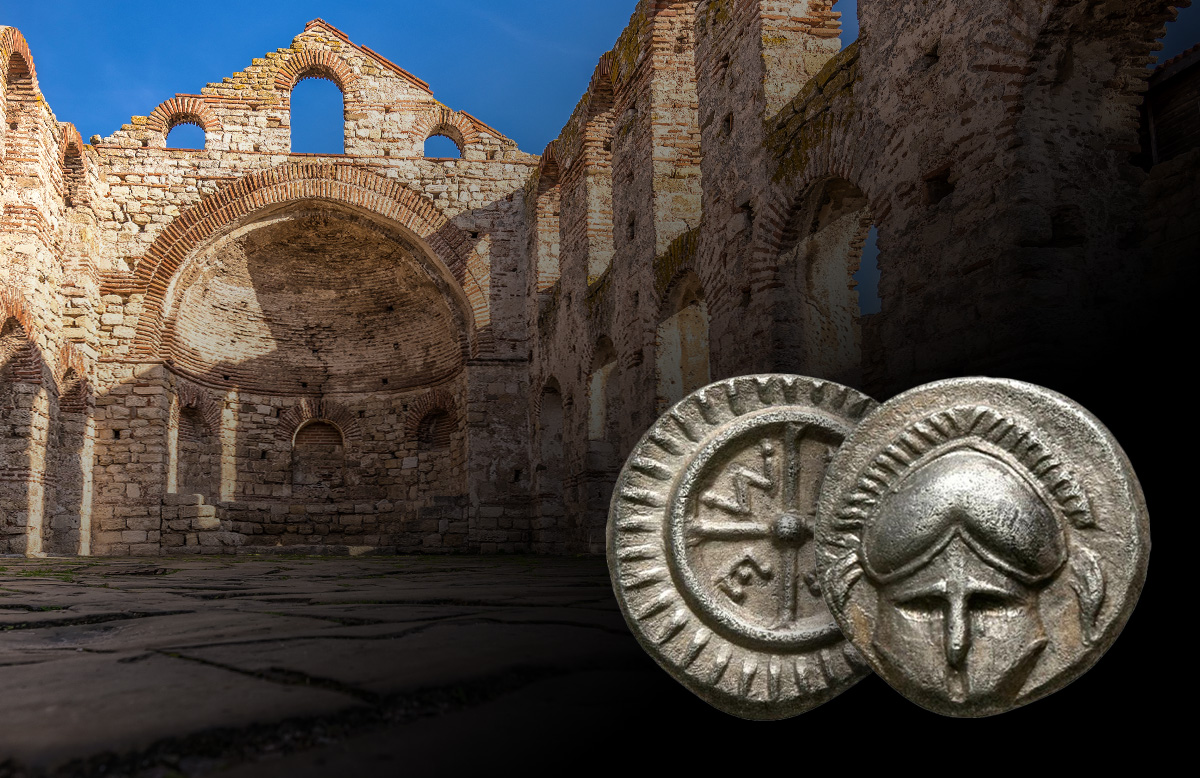
The Roman Empire established new mints in other areas that today fall within Bulgarian borders - including modern-day Plovdiv, known as Philippopolis at the time. It was among the few that stayed continually active until the Ottoman invasion.
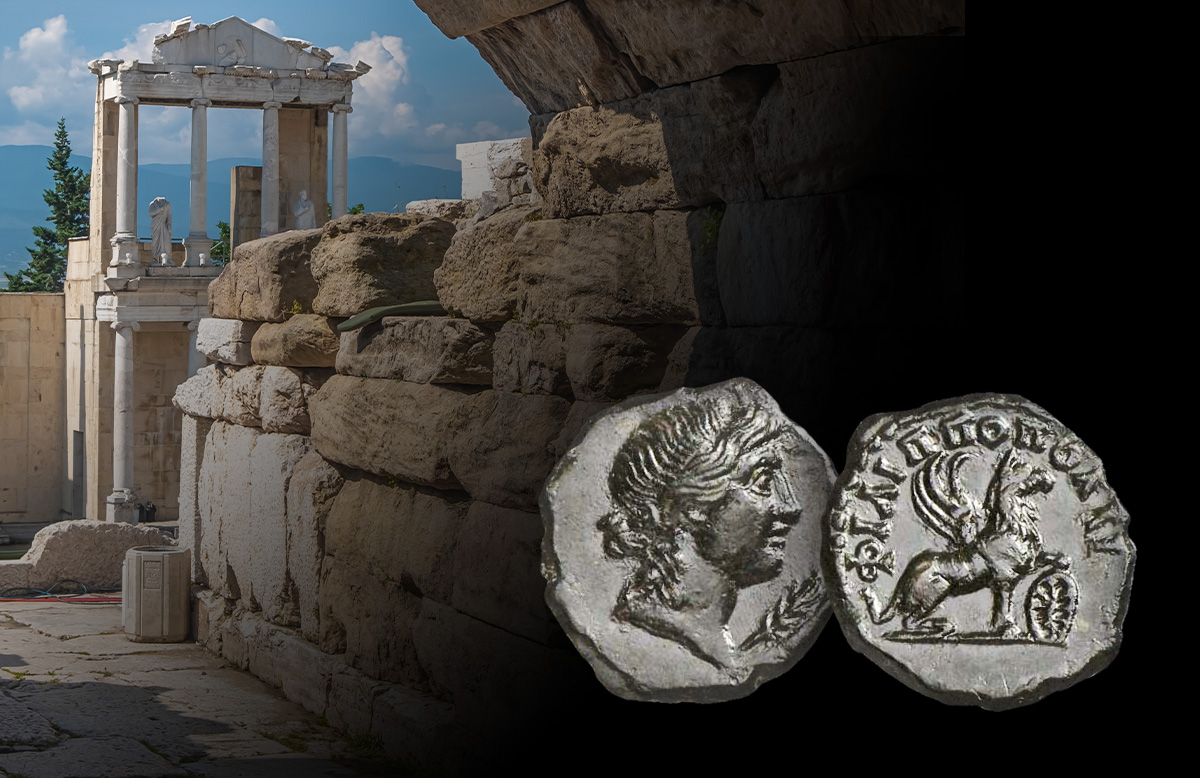
Roman mints were typically located near major metal deposits, which suggests that every step, from the mining, to the processing and coin minting for the region, was done on the territory of modern Bulgaria.
The First Bulgarian Empire
There is no historical proof of coining in the First Bulgarian Empire - if the first nation-state of the Bulgars issued its own currency, it has long been lost to the ages.
When the Bulgars arrived from the north, they brought over a number of cultural practices. Historical records show that they used cattle as currency during the earlier periods. The few mentions of money in historical documents likely refer to Byzantine coins, which were widely used across the Mediterranean and Asia Minor as a form of convertible currency.

However, there are some indications that the First Bulgarian Empire may have minted its own coins that were equivalent to their Byzantine contemporaries. This theory is based on the large number of preserved royal stamps from this period - proof of an advanced governing system and of the sovereignty of the Bulgarian Khan. Historically, the use of royal stamps has often reflected the similar usage of coins to establish the dominion of the ruler over his people by bearing his image and spreading it across the land. This link is, however, not currently supported by physical evidence - there are no local coins or dies preserved from this era. Some theorize that the rulers of the First Bulgarian State minted small coin emissions as a symbol of their high status, not for wider circulation. Interestingly, the wide spread of Byzantine coins, which was largely dependent on the political climate and subject to fluctuation, occasionally necessitated the minting of counterfeit coins all over the Balkans, including Bulgaria.
Until genuine local coins from this period are discovered, all discussions about coinage in the First Bulgarian Empire remain purely hypothetical.
The Second Bulgarian Empire
Coinage was definitely practiced in the Second Bulgarian Empire and was likely established during the reign of Tsar Ivan Asen II in the 13th century CE, though his two predecessors were known to reproduce Byzantine coins. The oldest confirmed Bulgarian coin is an 18-carat gold perper, 30 mm in diameter and weighing 4.33 g - where exactly it was minted is the topic of some debate. It depicts the tsar’s coronation on the obverse, and Christ Almighty on the reverse. His successors carried on the tradition of issuing their own coinage.

The coins of the Second Bulgarian Empire were based on the Byzantine coins of the era but had their own distinctive style and motifs that distinguished them into their own separate category.
The Second Bulgarian Empire used a curious 12th-century technique that required two strikes - each imprinting half the design onto the blank - which resulted in a coin with a concave shape. This is particularly evident in the aforementioned 13th-century gold perper - the only preserved example of that coin is partially concave, with a crack on its upper half suggesting an attempt to straighten it. Other coins from this period - made of silver, copper, and alloys - possess the same shape.
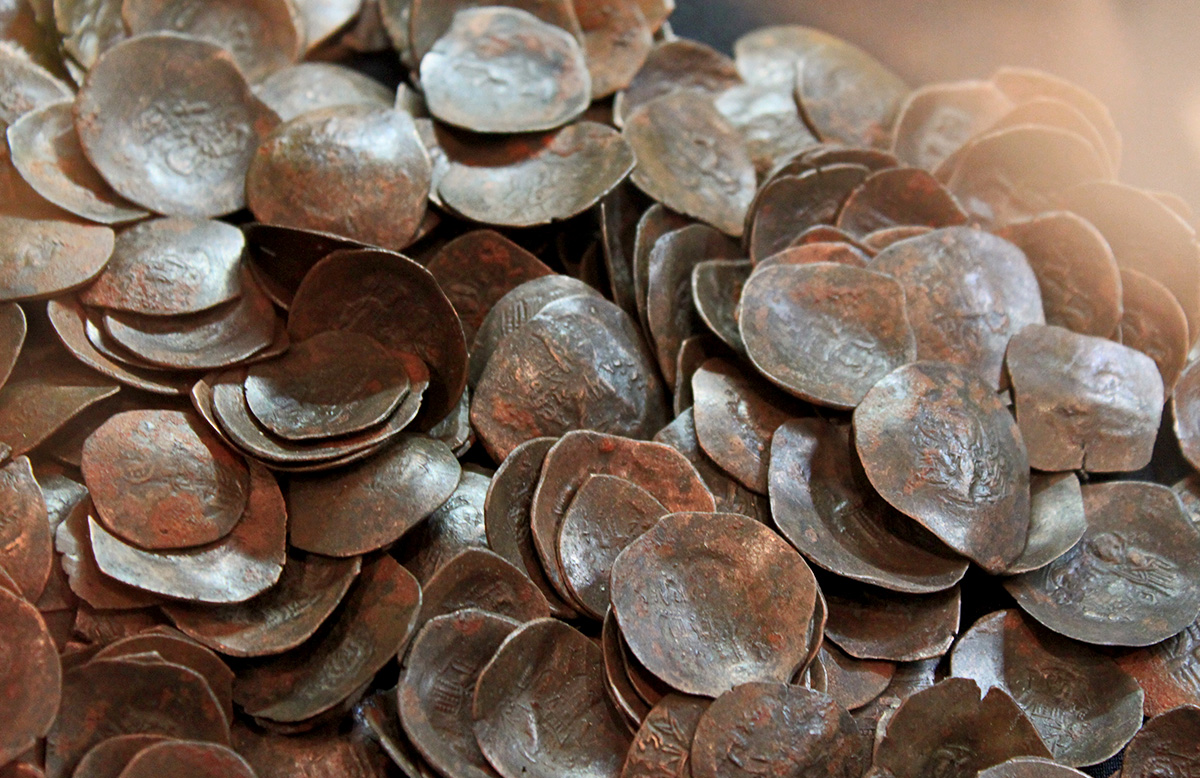
Medieval coin dies in this area were typically made of iron, but archeologists have uncovered at least one unusual example dated around 1256-1263 that is made of bronze.
By the time Bulgaria rejoined the minting industry following its Liberation, the technological advancements of the Industrial Revolution could be felt in every facet. Manual force had been replaced by steam power, the smelters had grown and changed with the times, metals were now being processed via rolling machines, coins were being struck not by hand-held hammers, but by coin presses. The much wider use of steel, owed to the fact that steam-powered machines could much more easily reach the temperatures needed to melt it, further contributed to the development of the coinage industry.
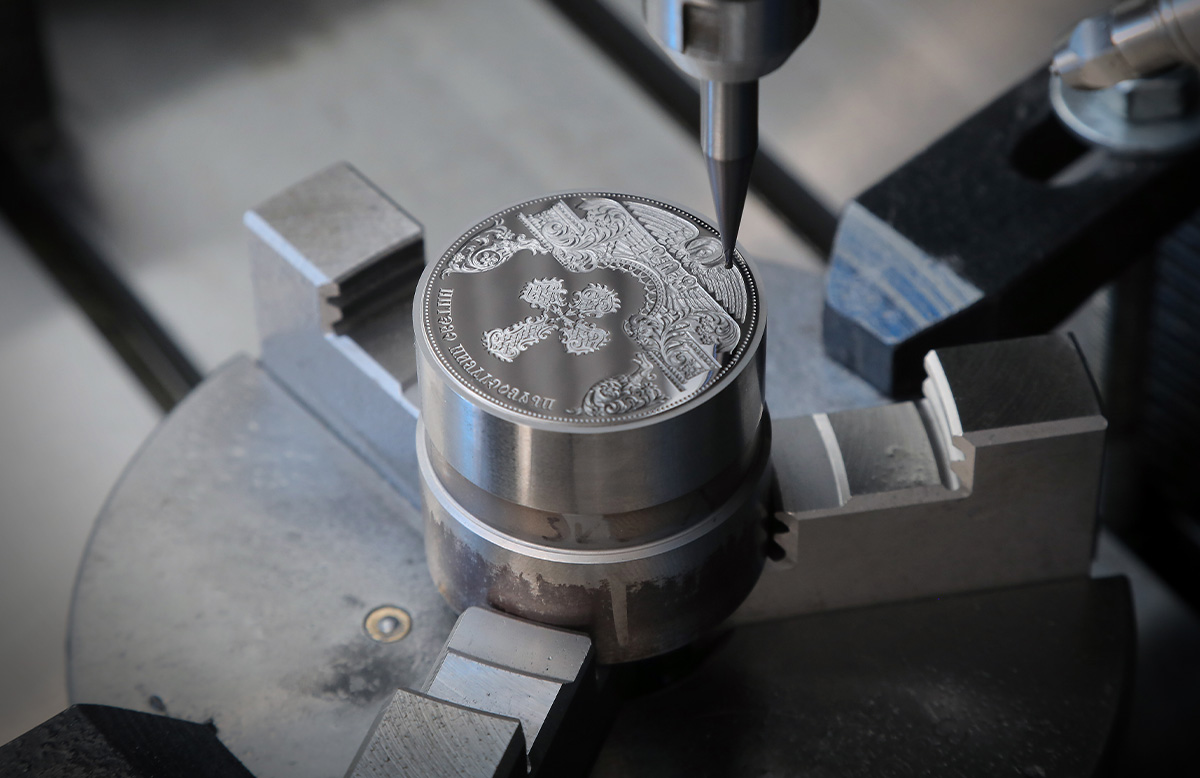
The mints of the 21st century are the successors to an ancient craft that has evolved over the centuries, but has never lost its roots or changed its essence. The capabilities of modern technology are well beyond the scope of what the mints of the past could produce, but methods used in coin minting today would be as familiar to the craftsmen of Ancient Thrace as they are to us. We at Bulmint are dedicated to preserving the coining tradition, but also developing it to its fullest potential - both technologically and artistically - and our ever-expanding portfolio is a testament to each positive step we take in both regards.

